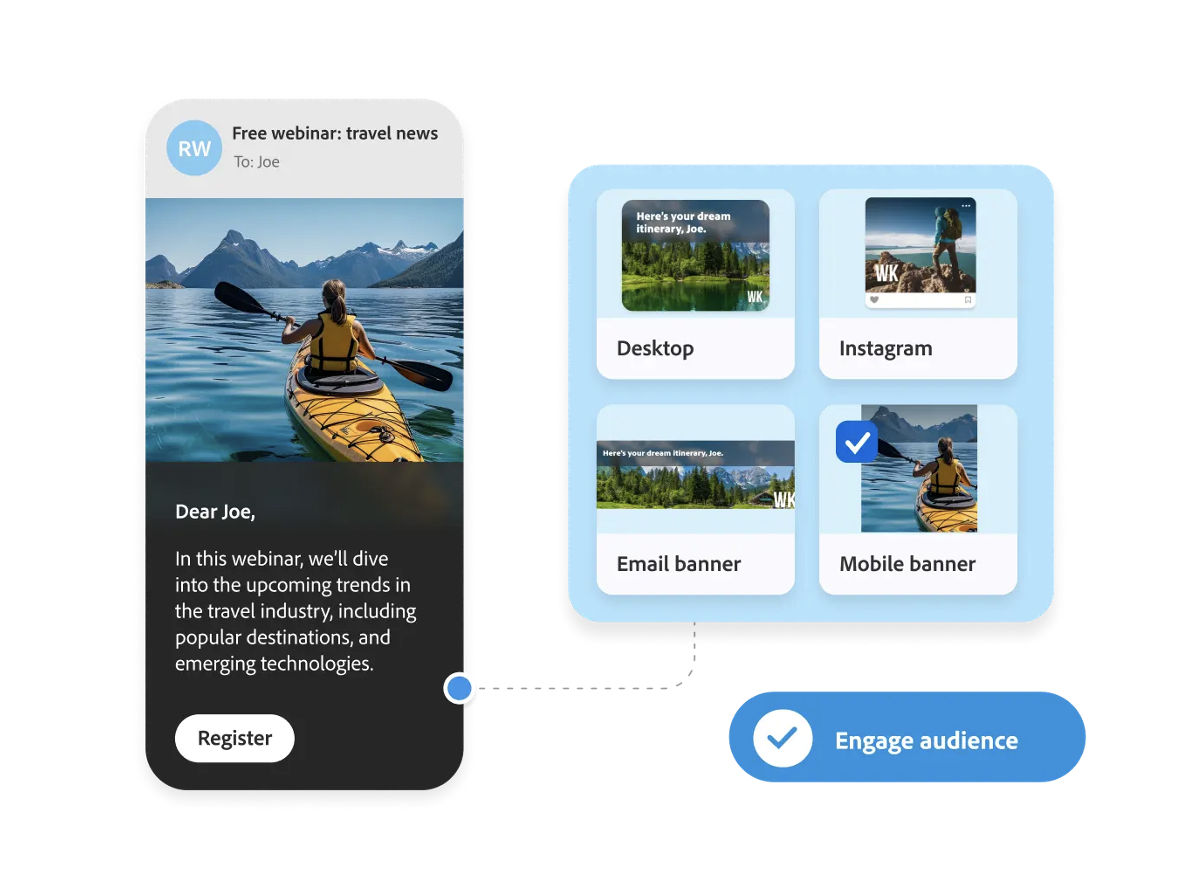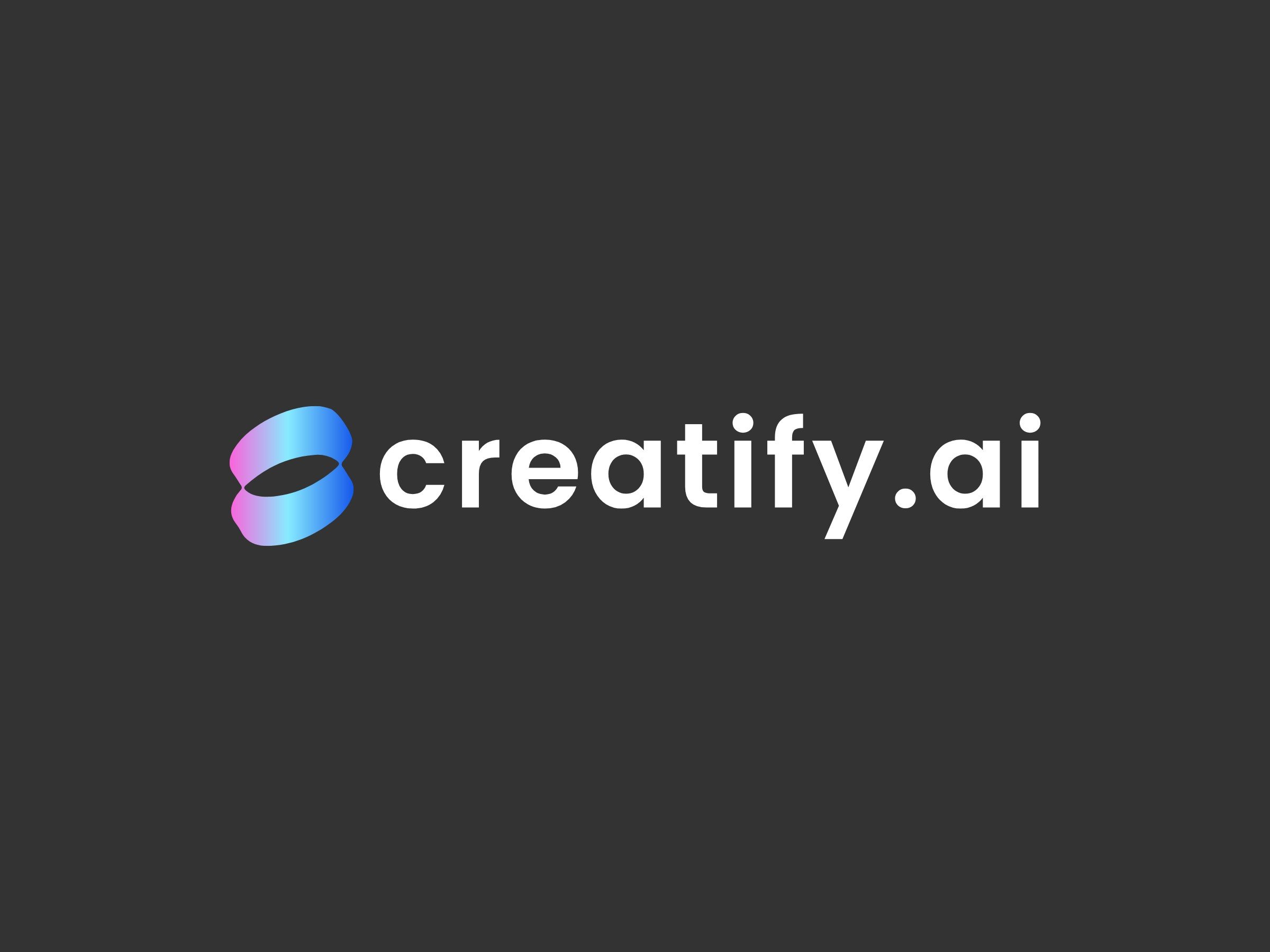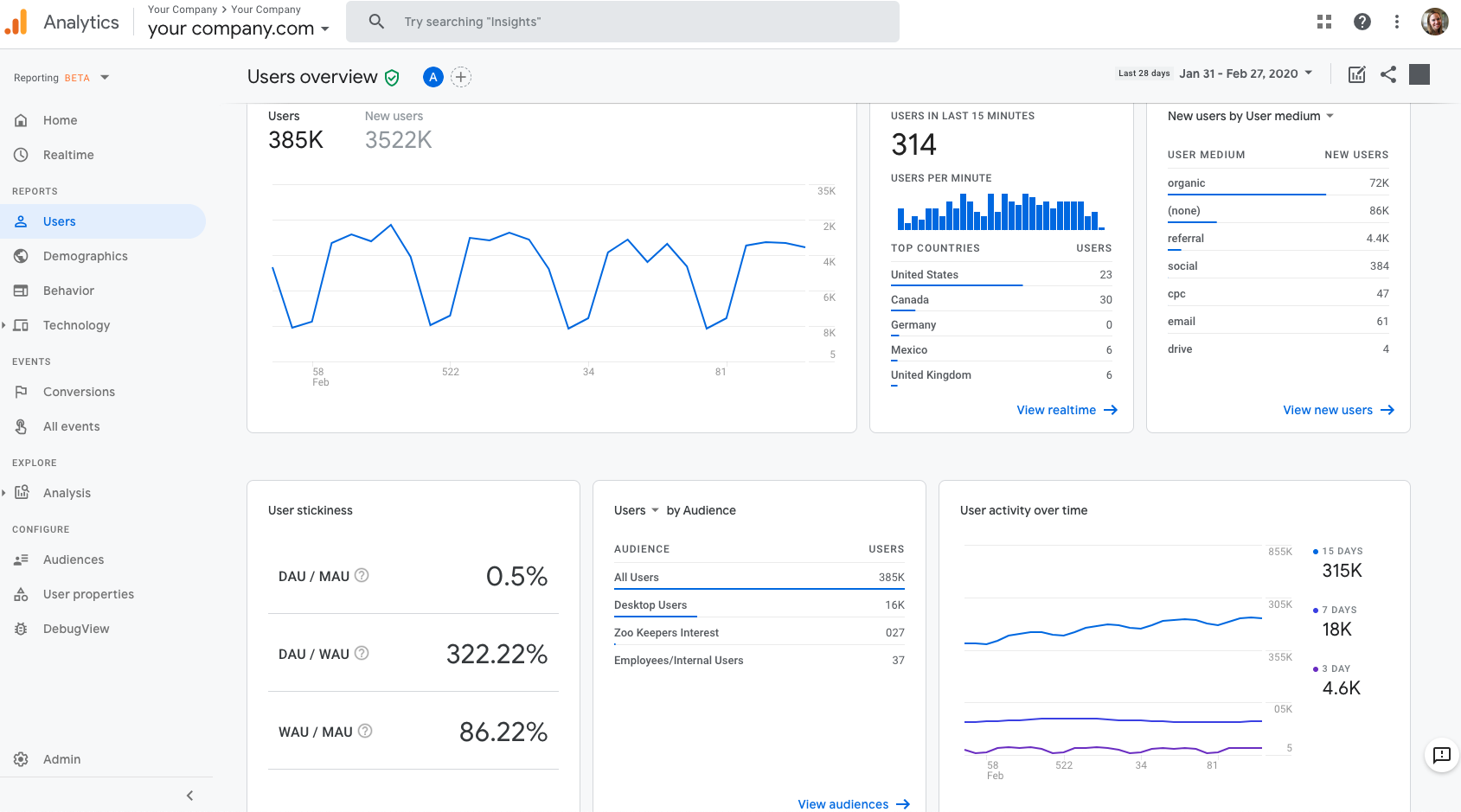Alternatives to DataHawk
1. Adobe Analytics (Experience Cloud)
+Pros
- Advanced attribution modeling capabilities with 9+ customizable attribution models.
- Adobe Sensei AI integration delivers anomaly detection, propensity scoring, and algorithmic attribution.
- Ecosystem integration advantages create unified customer data workflows within the Adobe Experience Cloud.
-Cons
- Implementation complexity requires substantial technical resources and extended deployment timelines.
- Mixed AI performance reveals 8% higher engagement but 9% lower conversion rates compared to non-AI traffic.
- Cost barriers include pricing ranging from $48,000 to over $350,000 annually.
One highlighted feature and why it's amazing
Adobe Analytics offers 9+ customizable attribution models compared to Google Analytics 4's 6 fixed options.

Another highlighted feature of why it’s amazing
Provides anomaly detection, propensity scoring, and algorithmic attribution capabilities.
2. Creatify
Creatify
+Pros
- Ecommerce-specific workflow integration
- Combines creative generation with performance analytics
- 700+ AI avatar library with multilingual capabilities
-Cons
- AI script quality variability
- Cost scalability concerns for high-volume users
One highlighted feature and why it's amazing
Transforms product URLs into video advertisements using 700+ AI avatars with emotion customization and multilingual voiceover support.

Another highlighted feature of why it’s amazing
Centralizes performance data by creative elements rather than campaigns, providing AI-driven insights for optimization decisions across Meta and TikTok channels.
3. Google Analytics 4
+Pros
- Seamless Google ecosystem integration enabling real-time campaign optimization.
- Cross-platform tracking capabilities providing comprehensive user journey visibility.
- Predictive analytics accessibility without custom model development.
-Cons
- User journey analysis limitations with funnel customization restricted to four criteria.
- Product analytics capabilities lag behind specialized platforms like Amplitude.
- Implementation complexity requiring substantial technical resources for advanced functionality.
One highlighted feature and why it's amazing
Forecast user behavior without requiring custom model development. The platform delivers three primary predictive metrics: purchase probability, churn probability, and revenue potential calculations based on historical behavioral data.

Another highlighted feature of why it’s amazing
Natively captures user interactions across web, iOS, and Android platforms without third-party tools.
Other Alternatives
Klaviyo
Octane AI
Shopify Analytics
How We Researched This Guide
About This Guide: This comprehensive analysis is based on extensive competitive intelligence and real-world implementation data from leading AI vendors. StayModern updates this guide quarterly to reflect market developments and vendor performance changes.
215+ verified sources per analysis including official documentation, customer reviews, analyst reports, and industry publications.
- • Vendor documentation & whitepapers
- • Customer testimonials & case studies
- • Third-party analyst assessments
- • Industry benchmarking reports
Standardized assessment framework across 8 key dimensions for objective comparison.
- • Technology capabilities & architecture
- • Market position & customer evidence
- • Implementation experience & support
- • Pricing value & competitive position
Research is refreshed every 90 days to capture market changes and new vendor capabilities.
- • New product releases & features
- • Market positioning changes
- • Customer feedback integration
- • Competitive landscape shifts
Every claim is source-linked with direct citations to original materials for verification.
- • Clickable citation links
- • Original source attribution
- • Date stamps for currency
- • Quality score validation
Analysis follows systematic research protocols with consistent evaluation frameworks.
- • Standardized assessment criteria
- • Multi-source verification process
- • Consistent evaluation methodology
- • Quality assurance protocols
Buyer-focused analysis with transparent methodology and factual accuracy commitment.
- • Objective comparative analysis
- • Transparent research methodology
- • Factual accuracy commitment
- • Continuous quality improvement
Quality Commitment: If you find any inaccuracies in our analysis on this page, please contact us at research@staymodern.ai. We're committed to maintaining the highest standards of research integrity and will investigate and correct any issues promptly.